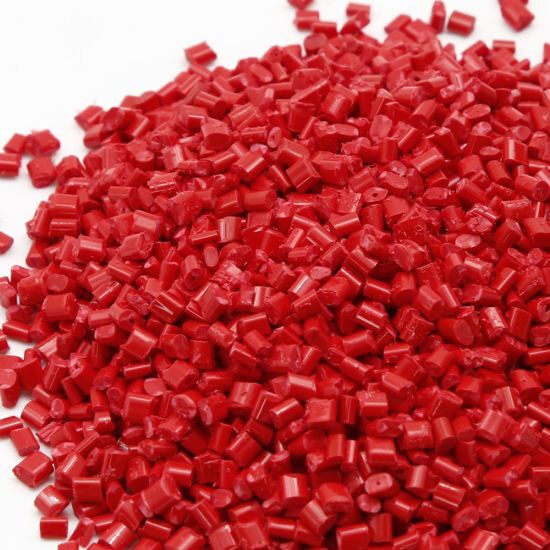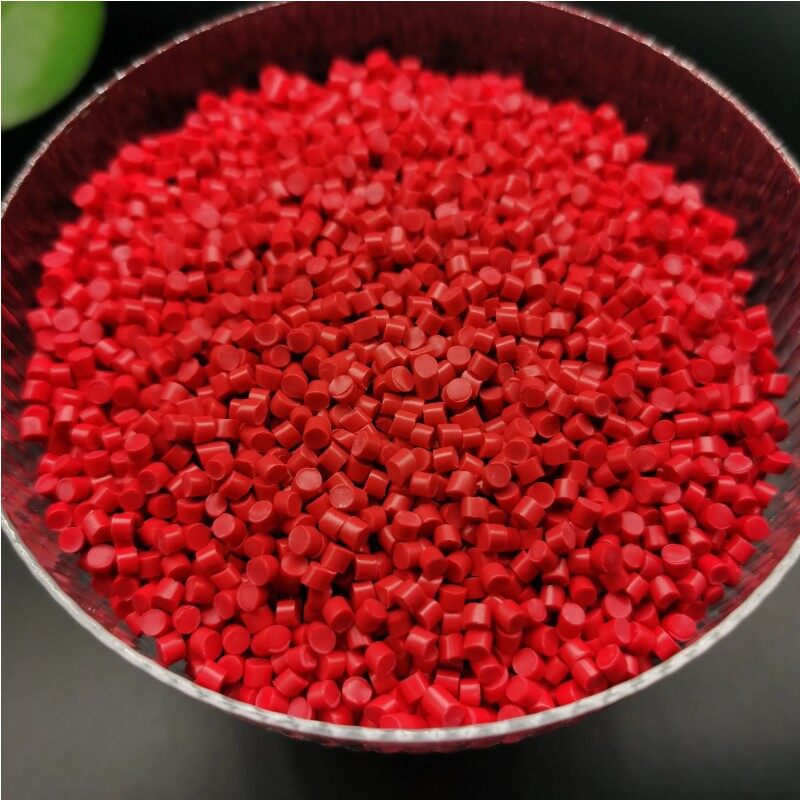Email format error
Email cannot be empty
Email already exists
6-20 characters(letters plus numbers only)
The password is inconsistent
Email format error
Email cannot be empty
Email does not exist
6-20 characters(letters plus numbers only)
The password is inconsistent

Offer Technical Support and Customized Solutions
The company is committed to creating new and improved plastic materials to meet the evolving demands of the market.

Optimizing Processing of Halogen-Free Flame-Retardant PC/ABS Alloys: Key Considerations and Guidelines
PC/ABS alloy is a high-performance engineering plastic that improves the stress cracking resistance and processability of PC while possessing excellent heat resistance, impact resistance, chemical resistance, and dimensional stability. Halogen-free flame-retardant PC/ABS, which does not use halogen flame retardants, is more environmentally friendly. Its flame-retardant rating can reach 1.5mm V0, 2.0mm 5VB, and 3.0mm 5VA, and even 0.75mm V0 grade. It is widely used in the shells of computer monitors, laptop cases, and other IT products, as well as enclosures for copiers, printers, and other office equipment.
Halogen-free flame-retardant PC/ABS can be processed using traditional equipment such as injection molding or extrusion molding, with injection molding being the most common application. Its rheological properties are as follows : Flame-retardant PC/ABS contains PC components and flame retardants. A small amount of moisture can easily cause hydrolysis of PC during high-temperature molding, as well as excessive heating leading to partial degradation and the precipitation of small molecules, resulting in silver streaks, yellowing, color differences, and appearance and strength issues such as product brittleness and paint cracking. Therefore, it is important to control relevant factors during processing.
Material Drying:
Flame-retardant PC/ABS resin absorbs moisture from the air, with a moisture content between 0.2~0.3%. To achieve the best results and reduce the possibility of degradation, PC/ABS must be dried before molding to reduce the moisture content to below 0.04%, preferably below 0.02%, to improve processing stability and mechanical properties.
Typically, flame-retardant PC/ABS resin is pre-dried at the recommended temperature for 4~6 hours to achieve the desired moisture content. Drying time depends on the drying equipment, but the maximum cumulative drying time should not exceed 48 hours, as the material may degrade and discolor. Common drying equipment includes cabinet dryers, hopper dryers, and dehumidifying dryers. It is recommended to use a dehumidifying dryer for drying halogen-free flame-retardant PC/ABS.
Selection of Injection Molding Equipment:
When determining the specifications of the injection molding machine, apart from considering the clamping force, it is advisable to choose a machine with the lowest possible shot volume for halogen-free flame-retardant PC/ABS. Generally, the best results are obtained when the total injection weight (including all cavities, runners, and gates) is 50~80% of the maximum injection capacity of the molding machine. When using a large-barrel machine, excessively small shot sizes can prolong the residence time of the resin unnecessarily, leading to resin degradation. If injection must be performed in the high-temperature range of the recommended temperature, a smaller injection barrel capacity should be chosen, with the recommended shot volume exceeding 60% of the maximum injection capacity to reduce residence time and minimize the risk of degradation. Typically, the longest residence time for flame-retardant PC/ABS should be less than 10 minutes, with the optimal residence time being less than 5 minutes.
Setting of Injection Molding Process Parameters:
Molding Temperature:The setting of molding temperature is based on ensuring thorough plasticization of the flame-retardant PC/ABS and should use lower temperature zones to prevent material degradation. An increase in molding temperature significantly reduces the viscosity of flame-retardant PC/ABS, increases resin flowability, and lengthens the flow distance. In principle, when using the upper limit of the recommended molding temperature, the residence time of the melt should be kept as short as possible to avoid degradation. The molding temperature for halogen-free flame-retardant PC/ABS is generally 230~270°C.
Screw Speed and Back Pressure:Excessive screw speed can generate excessive shear heat, causing the actual temperature of the molten material to be much higher than the set temperature, potentially leading to material degradation. Similarly, excessive back pressure can also result in excessive shear heat. Screw speed should be set to complete metering within the cooling time. Considerations should include the state of material plasticization, shear heat generated during screw rotation, stability of metering time, and stability of minimum residual amount, with a recommended screw speed of 30~70rpm. Back pressure adjustment should be based on the material's properties, drying conditions, product structure, and quality. The back pressure for flame-retardant PC/ABS is generally adjusted to 3-10kg/cm². When there are slight silver streaks, color mixing, shrinkage, significant changes in product dimensions or weight, increasing back pressure appropriately may be considered. Conversely, if there is nozzle leakage, drooling, material overheating and decomposition, product discoloration, or slow regrind feeding, reducing back pressure may be considered.
Injection Speed:When selecting injection speed, consideration should primarily be given to the appearance of the product, mold venting, and resistance to resin flow within the cavity. Faster injection speeds generally result in longer flow paths, suitable for filling thin-walled products and achieving better surface finish. However, excessively fast injection speeds can cause material degradation due to strong shear. Slower injection speeds can help avoid defects such as gate blush, jetting, and flow lines. It is recommended to use segmented stepwise speed settings based on product and mold structure to ensure smooth filling and good product appearance.
Holding Pressure and Time:The setting of holding pressure and time directly affects the magnitude of internal stress in the molded part. Increasing holding pressure reduces intermolecular gaps, decreases chain mobility, reduces melt volume, increases density, and increases intermolecular forces, which can improve shrinkage and internal quality of products but may increase internal stress. Therefore, it is advisable to use lower holding pressures while ensuring the appearance quality of the product. Generally, appropriate holding pressure is 60~80% of the injection pressure.
The setting of holding time is based on the completion of gate cooling and solidification after mold opening without causing deformation of the product. Initially, a longer time can be set, then gradually reduced based on the product and cooling effect until the minimum cooling time required for the product to remain unchanged is reached, which is considered the optimal cooling time.
In summary, the most important processing considerations for halogen-free flame-retardant PC/ABS are twofold: 1) thorough drying of the material to prevent hydrolysis; and 2) strict control of the molding temperature and residence time at high temperatures to prevent thermal degradation. Other process parameters should be coordinated and set based on the differences in product and mold structure to achieve stable quality, better appearance, and superior performance.

